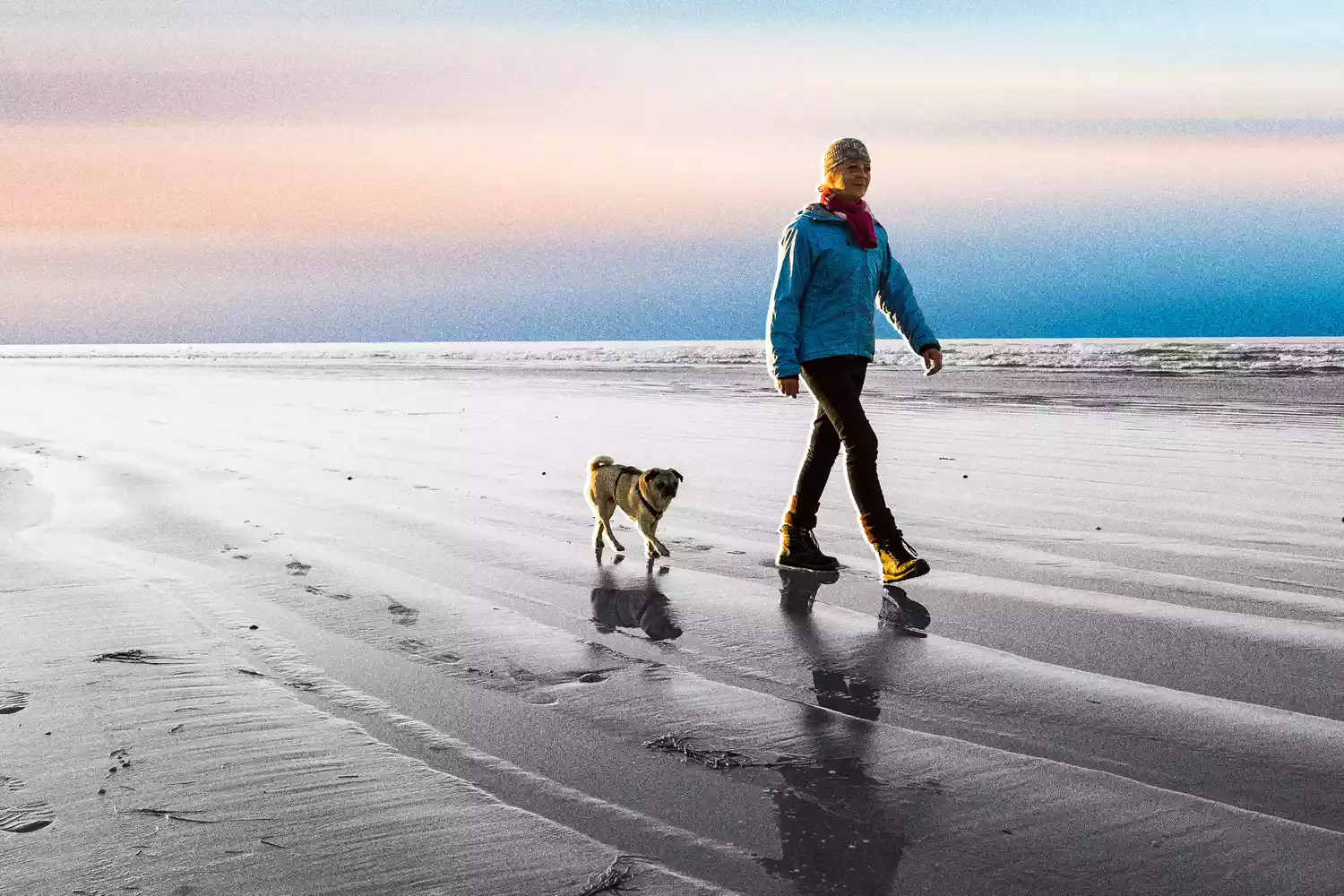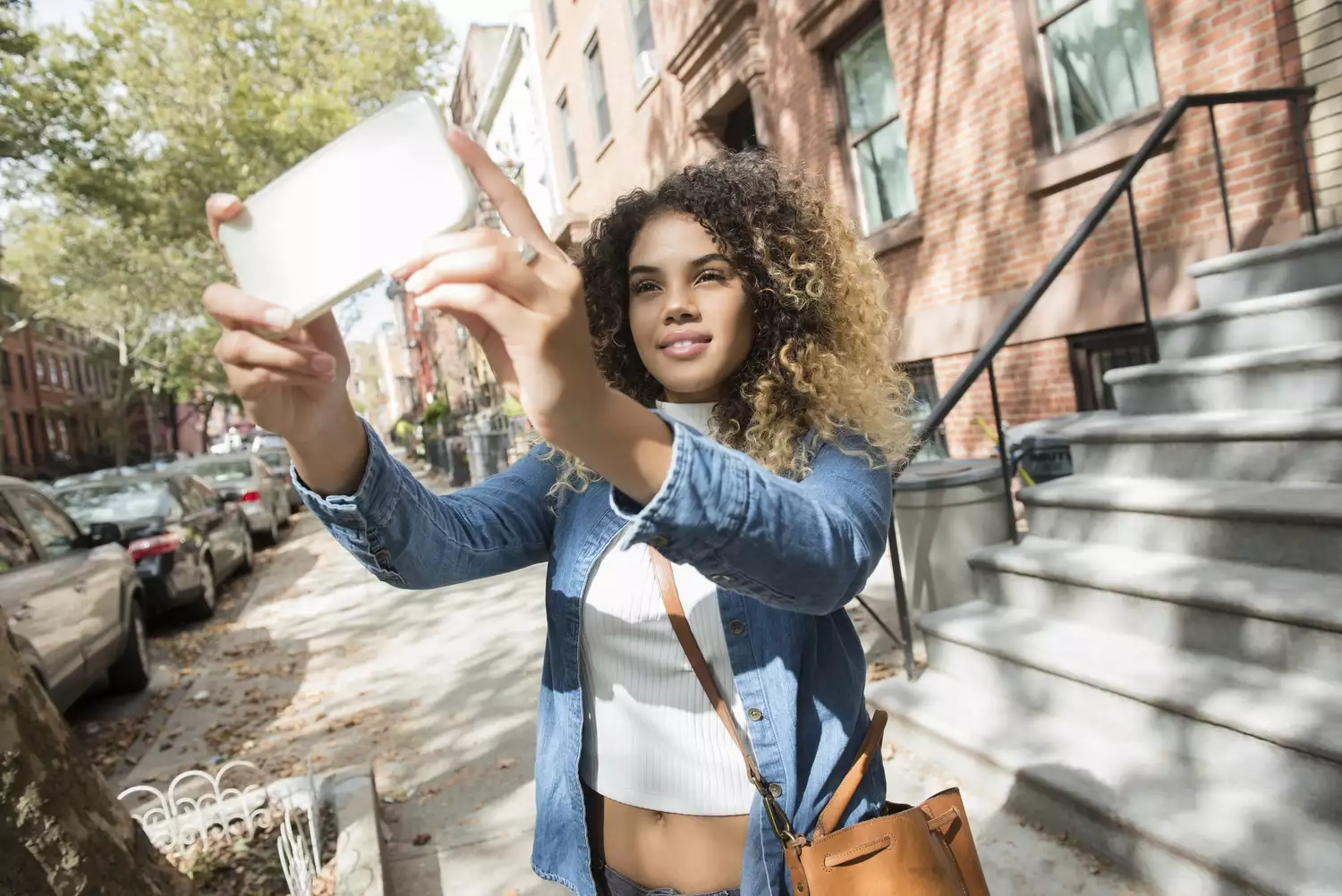The digital marketplace is constantly evolving, transforming how we shop and interact with brands. In an era where online experiences dominate, what truly captures a shopper's attention and influences their purchasing decisions? A fascinating blend of technology and aesthetics is emerging as a powerful differentiator: virtual artwork. This innovative approach to online store design isn't just about making things look pretty; it's about strategically shaping perception and enhancing user engagement, fundamentally altering how virtual artwork influences online shopping.
The Psychology of Digital Aesthetics in E-commerce
For years, brick-and-mortar retailers have leveraged "art infusion theory," understanding that physical art displays can elevate a store's ambiance and influence consumer behavior. Think of a high-end boutique featuring curated sculptures or paintings – it signals luxury and exclusivity. But as the majority of holiday purchases, and indeed, much of our daily shopping, migrate online, the question arises: can this psychological effect translate to digital environments?
The answer, according to recent research, is a resounding yes, with intriguing nuances that savvy online businesses can't afford to ignore. As we navigate a world increasingly intertwined with virtual and augmented reality, understanding these design elements becomes paramount for creating engaging and memorable online experiences.
Unpacking the Research: How Virtual Artwork Influences Consumer Behavior
A groundbreaking study led by Cornell University Professor So-Yeon Yoon and her colleagues, published in the Journal of Retailing and Consumer Services, delved into how algorithm-generated artwork impacts consumers in virtual retail spaces. Their findings offer a clear roadmap for businesses aiming to stand out.
The Generative Art Advantage: Luxury for All
In their initial experiment, 120 female participants were presented with virtual fashion stores. The key variable? Some stores featured dynamic generative art – a video projection of constantly shifting black-and-white patterns – while others had plain walls. The results were compelling: stores with generative art were consistently rated as more luxurious and attractive (Cornell University, Yoon et al., Journal of Retailing and Consumer Services).
Perhaps the most surprising twist was that this positive effect was stronger for mass-market brands than for luxury retailers. This challenges the conventional wisdom that art displays are primarily beneficial for high-end stores. As Professor Yoon noted, "AI-powered generative art has this capacity to be more practical, affordable and sustainable compared to the expensive artwork that only a luxury market may afford. I think it’s encouraging to see that the mass brand can benefit, as well." This democratizing effect means that enhancing perceived value through art is now accessible to a wider range of businesses.
Dynamic vs. Static: The Power of Movement
A second experiment involving 90 women further refined these insights by comparing static versus dynamic generative art. The dynamic, ever-evolving displays generated higher perceptions of exclusivity and aesthetic pleasure. Participants exposed to dynamic art were also more likely to share their experience, suggesting a stronger emotional connection and potential for viral marketing (Cornell University, Yoon et al., Journal of Retailing and Consumer Services). This highlights the importance of incorporating motion and interactivity where possible to maximize engagement.
Who Benefits Most? The Openness Paradox
Intriguingly, the research found that individuals with low to average artistic openness showed the strongest positive reactions to the virtual art displays. While art enthusiasts appreciated the displays, those less familiar with art were profoundly impressed. This suggests that generative art can captivate a broad audience, making sophisticated aesthetic experiences accessible and impactful for everyone, not just a niche art-savvy group.
Routinova's Take: Integrating Virtual Art for Enhanced Engagement
At Routinova, we understand that a positive user experience is foundational to mental well-being, even in online shopping. When virtual artwork influences online shopping in a positive way, it reduces friction and enhances the overall emotional journey of the consumer. Here's how businesses can leverage these insights:
- Strategic Placement: Don't just place art randomly. Integrate it into key areas that draw attention, such as landing pages, product category banners, or during checkout processes to reduce perceived waiting times.
- Brand Alignment: While generative art is versatile, ensure the style, colors, and motion align with your brand's identity and target audience. A calming, minimalist pattern might suit a wellness brand, while vibrant, complex designs could appeal to a fashion-forward audience.
- A/B Testing: Experiment with different types of virtual artwork (static vs. dynamic, abstract vs. thematic) and measure their impact on metrics like dwell time, conversion rates, and bounce rates. Data-driven decisions are key.
Beyond Retail: Expanding the Impact of Digital Art
The practical applications of generative art extend far beyond e-commerce. Its ability to provide unlimited variations without requiring artists to continually produce new pieces makes it incredibly versatile. Imagine the impact in environments where visual stimulation can enhance quality of life:
- Healthcare Facilities: Dynamic art installations could create calming, engaging waiting areas, potentially reducing patient anxiety.
- Assisted-Living Communities: Constantly evolving visual displays could offer cognitive stimulation and a sense of wonder for residents.
- Educational Settings: Interactive generative art could foster creativity and engagement in learning environments.
These applications directly align with Routinova's mission to enhance well-being, demonstrating how aesthetic innovation can contribute to mental health and quality of life in diverse settings.
Common Misconceptions About Digital Art in UX
While the benefits are clear, some misconceptions can hinder effective implementation:
- "It's just for luxury brands": As the Cornell study showed, mass-market brands can experience an even greater uplift in perceived attractiveness and luxury.
- "Static images are enough": Dynamic art consistently outperforms static displays in generating exclusivity and pleasure. The evolving nature is key to deeper engagement.
- "Art enthusiasts are the only target": The research highlights that those with low to average artistic openness show the strongest positive reactions, broadening the appeal significantly.
- "It's too expensive or complex": Algorithm-generated art is highly scalable and sustainable once created, offering a cost-effective alternative to traditional art installations.
Your Digital Art Action Plan for 2025
For businesses looking to thrive in the competitive 2025 online landscape, integrating virtual artwork is a strategic imperative. Here’s how to get started:
- Audit Your Online Presence: Identify key touchpoints where visual enhancements could improve user perception and engagement.
- Explore Generative Art Solutions: Research platforms and designers specializing in AI-powered or algorithm-generated art that can create dynamic, brand-aligned visuals. Consider tools that allow for interactive elements.
- Pilot and Measure: Implement virtual artwork in a controlled test environment. Use analytics to track changes in dwell time, conversion rates, and user feedback.
- Iterate and Optimize: Based on your data, refine your artistic choices and placement strategies. Continuously experiment to find what resonates best with your audience.
- Think Beyond the Sale: Consider how an enhanced aesthetic experience contributes to overall customer satisfaction and brand loyalty, fostering a positive mental state for your users.
The Future of Aesthetic E-commerce
As virtual and augmented reality technologies become more integrated into our daily shopping experiences, the role of design elements like virtual artwork will only grow. This research underscores that the principles of physical retail environments can successfully transfer to virtual spaces, often with surprising and powerful effects. By strategically deploying generative art, online retailers can enhance perceived luxury, boost attractiveness, and create more engaging, memorable experiences for shoppers across all market segments. Embrace the aesthetic edge, and watch how virtual artwork influences online shopping success in the years to come.



